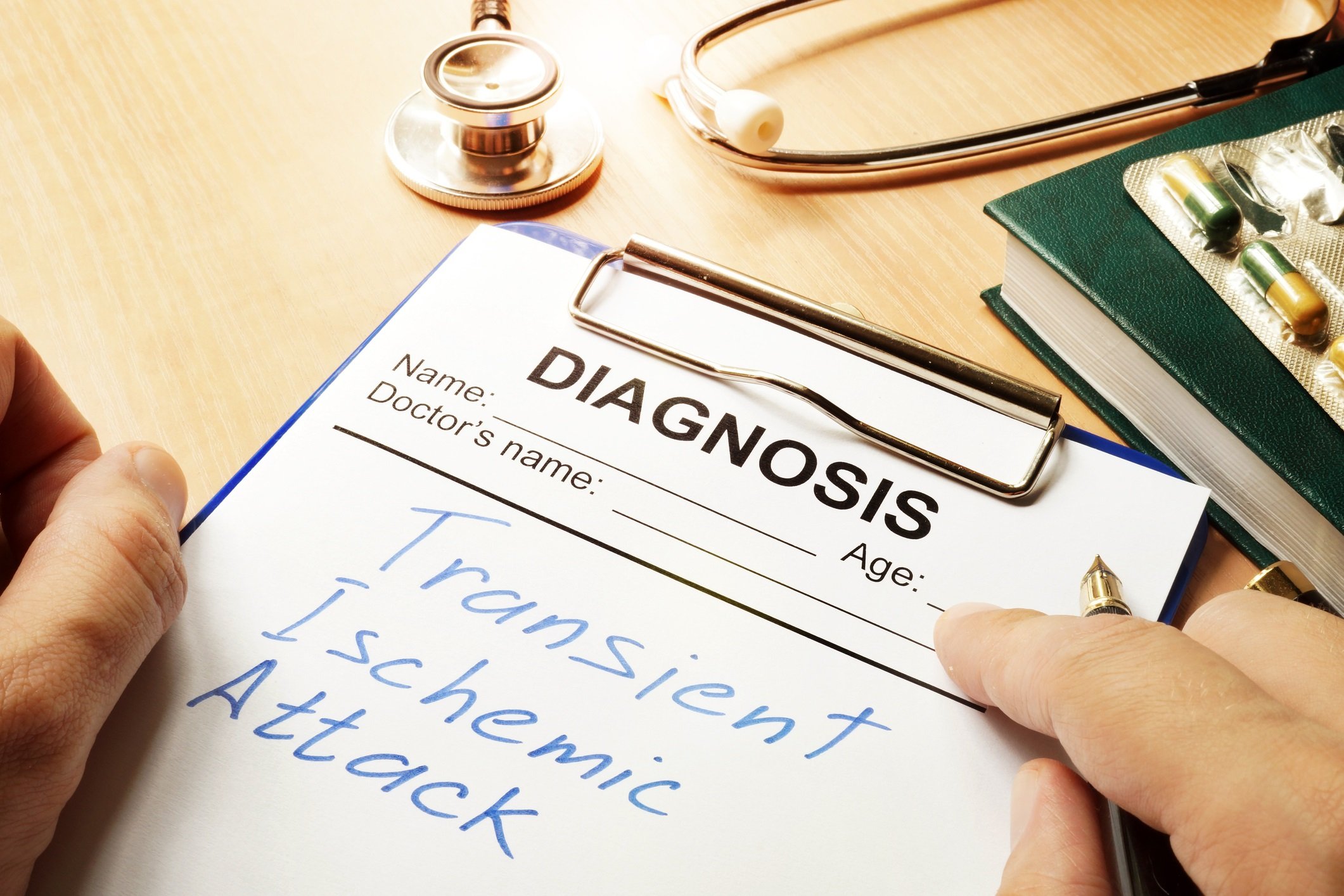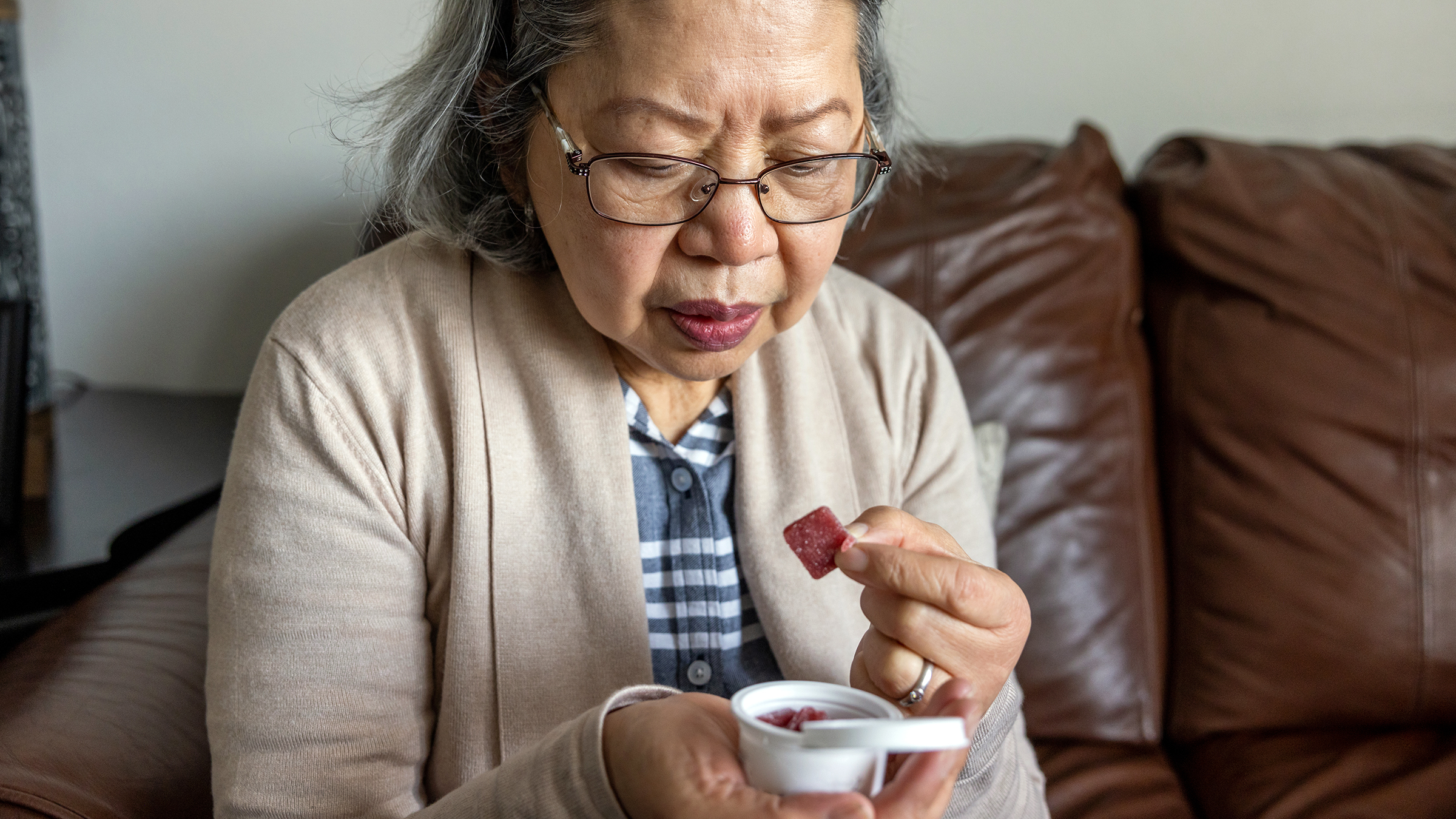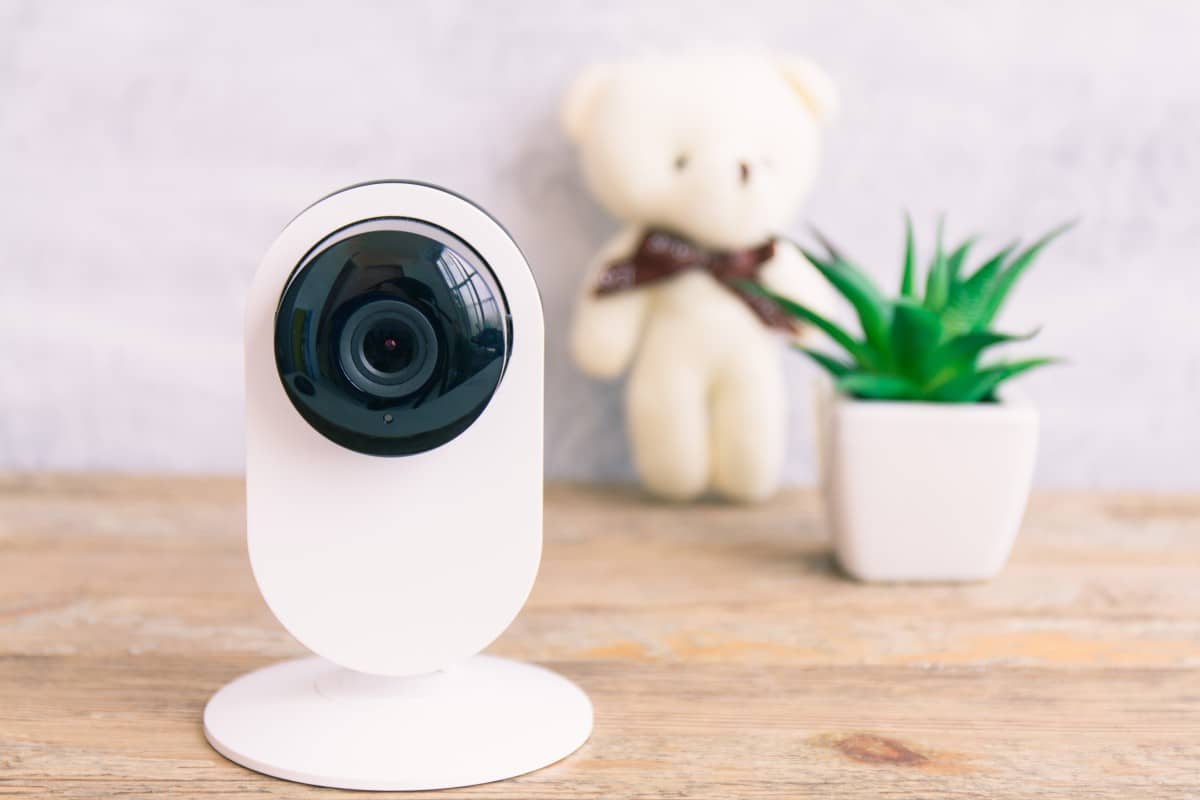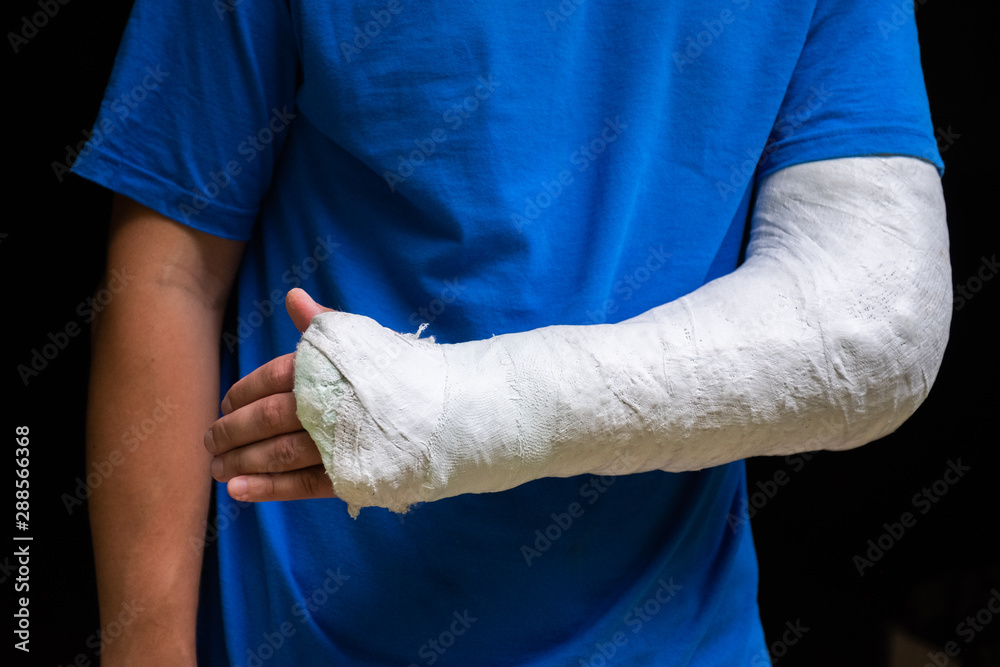
Researchers have found that, not only are the main vaccines recommended for older people effective, but a pair of them also reduce the risk of dementia. Journalist Paula Span sums up what you need to know in this piece that appeared in Kaiser Health News on June 23, 2025. It also ran in the New York Times. Funding from the Silver Century Foundation helps KFF Health News produce articles (like this one) on longevity and related health and social issues.
Kim Beckham, an insurance agent in Victoria, TX, had seen friends suffer so badly from shingles that she wanted to receive the first approved shingles vaccine as soon as it became available, even if she had to pay for it out of pocket.
Her doctor and several pharmacies turned her down because she was below the recommended age at the time, which was 60. So, in 2016, she celebrated her 60th birthday at her local CVS.
“I was there when they opened,” Beckham recalled. After getting her Zostavax shot, she said, “I felt really relieved.” She has since received the newer, more effective shingles vaccine, as well as a pneumonia shot, an RSV vaccine to guard against respiratory syncytial virus, annual flu shots and all recommended COVID-19 vaccinations.
Some older people are really eager to be vaccinated.
Robin Wolaner, 71, a retired publisher in Sausalito, CA, has been known to badger friends who delay getting recommended shots, sending them relevant medical studies. “I’m sort of hectoring,” she acknowledged.
Deana Hendrickson, 66, who provides daily care for three young grandsons in Los Angeles, sought an additional MMR shot, though she was vaccinated against measles, mumps and rubella as a child, in case her immunity to measles had waned.
For older adults who express more confidence in vaccine safety than younger groups, the past few months have brought welcome research. Studies have found important benefits from a newer vaccine and enhanced versions of older ones, and one vaccine may confer a major bonus that nobody foresaw.
The new studies are coming at a fraught political moment. The nation’s health secretary, Robert F. Kennedy Jr., has long disparaged certain vaccines, calling them unsafe and saying that the government officials who regulate them are compromised and corrupt.
Studies show that enhanced flu vaccines are more effective than standard flu shots.
On June 9, Kennedy fired a panel of scientific advisers to the Centers for Disease Control and Prevention and later replaced them with some who have been skeptical of vaccines. But so far, Kennedy has not tried to curb access to the shots for older Americans.
The evidence that vaccines are beneficial remains overwhelming.
The phrase “Vaccines are not just for kids anymore” has become a favorite for William Schaffner, MD, an infectious diseases specialist at Vanderbilt University Medical Center.
“The population over 65, which often suffers the worst impact of respiratory viruses and others, now has the benefit of vaccines that can prevent much of that serious illness,” he said.
Take influenza, which annually sends from 140,000 to 710,000 people to hospitals, most of them seniors, and is fatal to 10 percent of hospitalized older adults.
For about 15 years, the CDC has approved several enhanced flu vaccines for people 65 and older. More effective than the standard formulation, they either contain higher levels of the antigen that builds protection against the virus or incorporate an adjuvant that creates a stronger immune response. Or they’re recombinant vaccines, developed through a different method, with higher antigen levels.
In a meta-analysis in the Journal of the American Geriatrics Society, “all the enhanced vaccine products were superior to the standard dose for preventing hospitalizations,” said Rebecca Morgan, PhD, a health research methodologist at Case Western Reserve University and an author of the study.
Compared with the standard flu shot, the enhanced vaccines reduced the risk of hospitalization from the flu in older adults by at least 11 percent and up to 18 percent. The CDC advises adults 65 and older to receive the enhanced vaccines, as many already do.
The RSV vaccine is 75 percent effective in protecting you from an illness serious enough that you need to see a doctor.
More good news: vaccines to prevent respiratory syncytial virus in people 60 and older are performing admirably.
RSV is the most common cause of hospitalization for infants, and it also poses significant risks to older people. “Season in and season out,” Schaffner said, “it produces outbreaks of serious respiratory illness that rivals influenza.”
Because the FDA first approved an RSV vaccine in 2023, the 2023-24 season provided “the first opportunity to see it in a real-world context,” said Pauline Terebuh, MD, an epidemiologist at Case Western Reserve School of Medicine and an author of a recent study in the journal JAMA Network Open.
In analyzing electronic health records for almost 800,000 patients, the researchers found the vaccines to be 75 percent effective against acute infection, meaning illness that was serious enough to send a patient to a health care provider.
The vaccines were 75 percent effective in preventing emergency room or urgent care visits, and 75 percent effective against hospitalization, both among those ages 60 to 74 and those older.
Immunocompromised patients, despite having a somewhat lower level of protection from the vaccine, will also benefit from it, Terebuh said. As for adverse effects, the study found a very low risk for Guillain-Barré syndrome, a rare condition that causes muscle weakness and that typically follows an infection, in about 11 cases per 1 million doses of vaccine. That, she said, “shouldn’t dissuade people.”
The CDC now recommends RSV vaccination for people 75 and older, and for those 60 to 74 if they’re at higher risk of severe illness (from, say, heart disease).
As data from the 2024-25 season becomes available, researchers hope to determine whether the vaccine will remain a one-and-done or whether immunity will require repeated vaccination.
Shingles vaccines protect you against shingles and also reduce the risk that you’ll develop dementia.
People 65 and up express the greatest confidence in vaccine safety of any adult group, a KFF survey found in April. More than 80 percent said they were “very “or “somewhat confident” about MMR, shingles, pneumonia and flu shots.
Although the COVID vaccine drew lower support among all adults, more than two-thirds of older adults expressed confidence in its safety.
Even skeptics might become excited about one possible benefit of the shingles vaccine: this spring, Stanford researchers reported that over seven years, vaccination against shingles reduced the risk of dementia by 20 percent, a finding that made headlines.
Biases often undermine observational studies that compare vaccinated with unvaccinated groups. “People who are healthier and more health-motivated are the ones who get vaccinated,” said Pascal Geldsetzer, PhD, an epidemiologist at the Knight Initiative for Brain Resilience at Stanford and lead author of the study.
“It’s hard to know whether this is cause and effect,” he said, “or whether they’re less likely to develop dementia anyway.”
So the Stanford team took advantage of a “natural experiment” when the first shingles vaccine, Zostavax, was introduced in Wales. Health officials set a strict age cutoff: People who turned 80 on or before Sept. 1, 2013, weren’t eligible for vaccination, but those even slightly younger were eligible.
In the sample of nearly 300,000 adults whose birthdays fell close to either side of that date, almost half of the eligible group received the vaccine, but virtually nobody in the older group did.
“Just as in a randomized trial, these comparison groups should be similar in every way,” Geldsetzer explained. A substantial reduction in dementia diagnoses in the vaccine-eligible group, with a much stronger protective effect in women, therefore constitutes “more powerful and convincing evidence,” he said.
The team also found reduced rates of dementia after shingles vaccines were introduced in Australia and other countries. “We keep seeing this in one dataset after another,” Geldsetzer said.
In the United States, where a more potent vaccine, Shingrix, became available in 2017 and supplanted Zostavax, Oxford investigators found an even stronger effect.
By matching almost 104,000 older Americans who received a first dose of the new vaccine (full immunization requires two) with a group that had received the earlier formulation, they found delayed onset of dementia in the Shingrix group.
How a shingles vaccine might reduce dementia remains unexplained. Scientists have suggested that viruses themselves may contribute to dementia, so suppressing them could protect the brain. Perhaps the vaccine revs up the immune system in general or affects inflammation.
“I don’t think anybody knows,” said Paul Harrison, MD, a psychiatrist at Oxford and a senior author of the study. But, he added, “I’m now convinced there’s something real here.”
Shingrix, now recommended for adults over 50, is 90 percent effective in preventing shingles and the lingering nerve pain that can result. In 2021, however, only 41 percent of adults 60 and older had received one dose of either shingles vaccine.
A connection to dementia will require further research, and Geldsetzer is trying to raise philanthropic funding for a clinical trial.
And “if you needed another reason to get this vaccine,” Schaffner said, “here it is.”
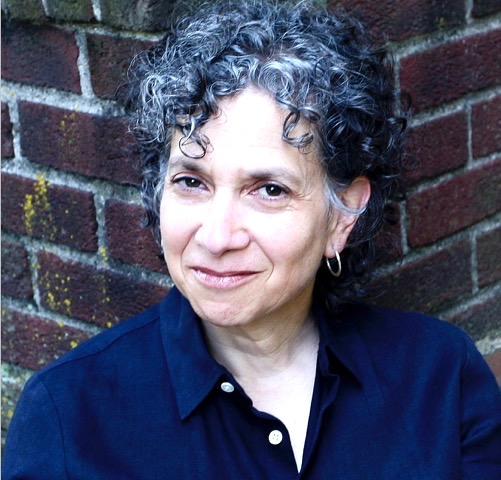
Paula Span’s “New Old Age” column has been featured in the New York Times for the past 16 years. It covers virtually every aspect of aging and caregiving, from cutting-edge hearing aids to the health risks of cannabis. She’s currently working on a book about octogenarians. Span is also a professor at the Columbia University Graduate School of Journalism, where she’s teaching the next generation of journalists. Since April 2025, her “New Old Age” column has been produced through a partnership between the New York Times and Kaiser Health News.

